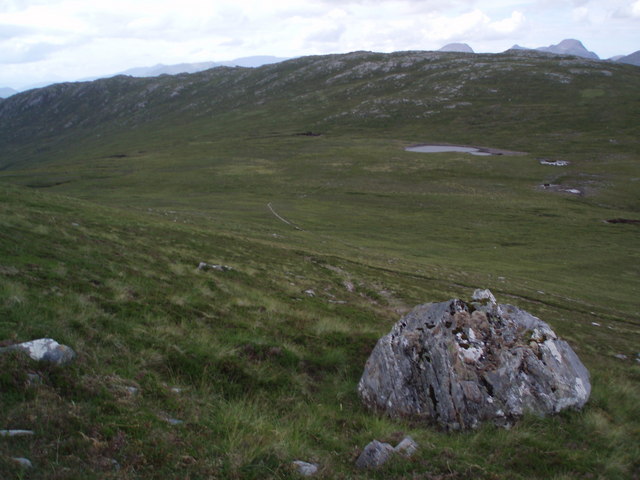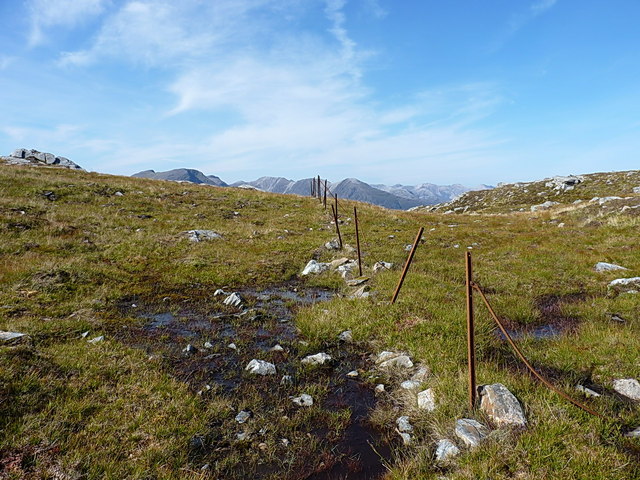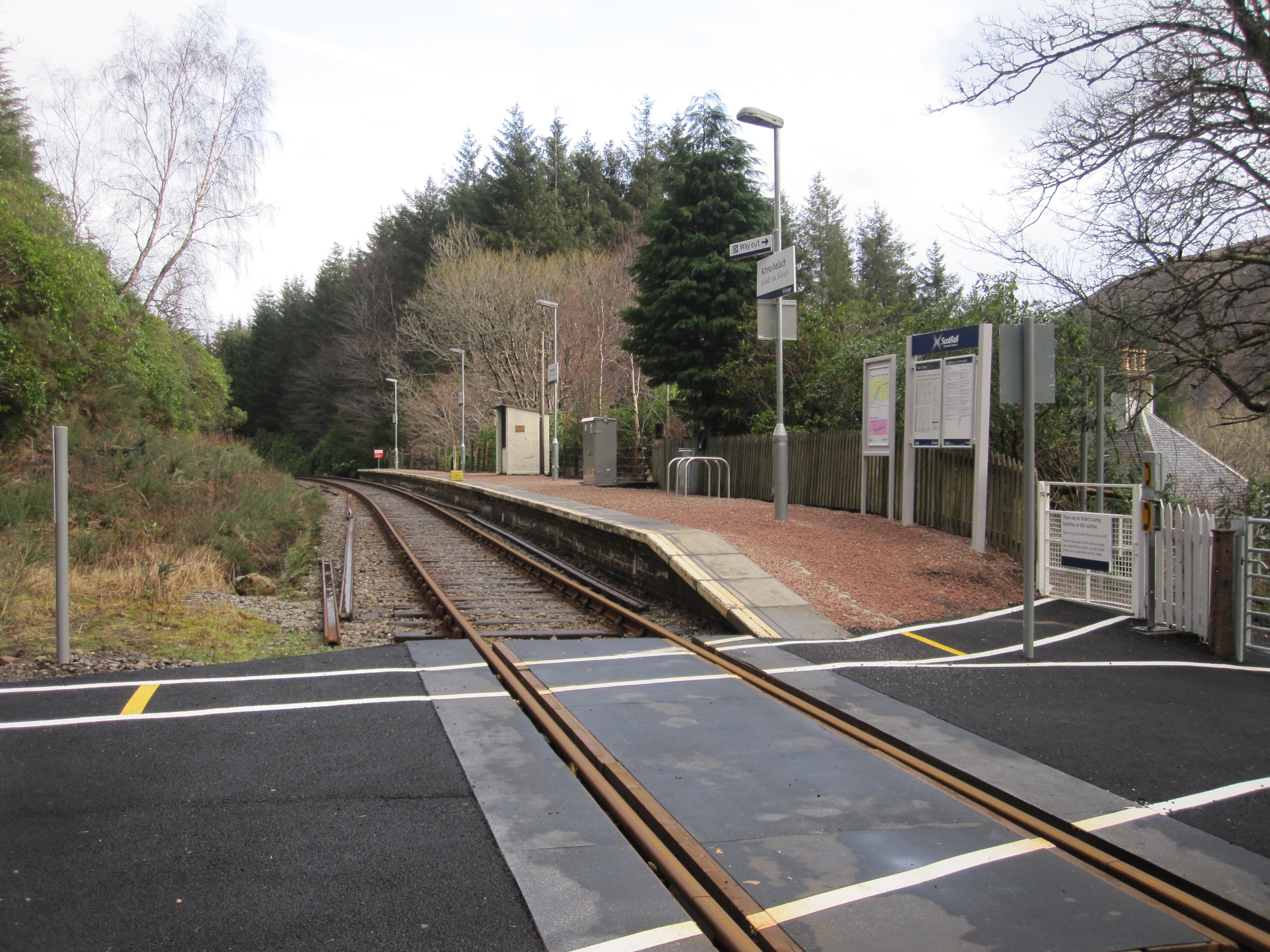Creag a' Chaorainn
Hill, Mountain in Ross-shire
Scotland
Creag a' Chaorainn

Creag a' Chaorainn is a prominent hill located in Ross-shire, Scotland. It lies within the stunning Scottish Highlands, about 12 kilometers southeast of the town of Garve. With an elevation of 1,050 meters, it is classified as a Munro, which means it is one of the many mountains in Scotland that surpasses the height of 3,000 feet.
The hill is known for its distinctive shape, with a prominent cone-shaped summit that offers breathtaking panoramic views of the surrounding landscape. Its slopes are covered in heather, grasses, and scattered rocks, giving it a rugged and wild appearance.
Creag a' Chaorainn is a popular destination for hikers and climbers due to its accessibility and rewarding views. There are several routes to reach the summit, varying in difficulty. The most common approach is from the northeast, starting at the Strathconon Glen and following a well-defined path that gradually ascends the hill.
Along the way, hikers can admire the diverse flora and fauna that inhabit the area. Golden eagles, red deer, and mountain hares are often spotted in the vicinity. The hill is also home to several smaller lochs, adding to the picturesque scenery.
Creag a' Chaorainn is an excellent choice for those seeking a challenging outdoor adventure or simply wishing to immerse themselves in the raw beauty of the Scottish Highlands. With its stunning vistas and rich natural surroundings, this mountain is a must-visit for outdoor enthusiasts and nature lovers alike.
If you have any feedback on the listing, please let us know in the comments section below.
Creag a' Chaorainn Images
Images are sourced within 2km of 57.440251/-5.3213287 or Grid Reference NH0043. Thanks to Geograph Open Source API. All images are credited.



Creag a' Chaorainn is located at Grid Ref: NH0043 (Lat: 57.440251, Lng: -5.3213287)
Unitary Authority: Highland
Police Authority: Highlands and Islands
What 3 Words
///scripted.sober.nature. Near Lochcarron, Highland
Nearby Locations
Related Wikis
Balnacra
Balnacra (Scottish Gaelic: Beul-àtha na Crà) is a village in Strathcarron, Ross-Shire, Scotland, roughly seven miles from the village of Lochcarron. It...
Achnashellach
Achnashellach (Gaelic: Achadh nan Seileach) is an area in Wester Ross in the Highlands of Scotland, and within the Highland council area. It is at the...
Loch Dùghaill
Loch Dùghaill (also anglicised as Loch Doule or Loch Doughaill) is a freshwater tidal loch on the River Carron in Wester Ross, Scotland. The A890 road...
Achnashellach Forest
Achnashellach Forest (Scottish Gaelic: Ach nan Seileach field of the willows) is a large area of the Scottish Highlands lying between Glen Carron and Loch...
Have you been to Creag a' Chaorainn?
Leave your review of Creag a' Chaorainn below (or comments, questions and feedback).

















